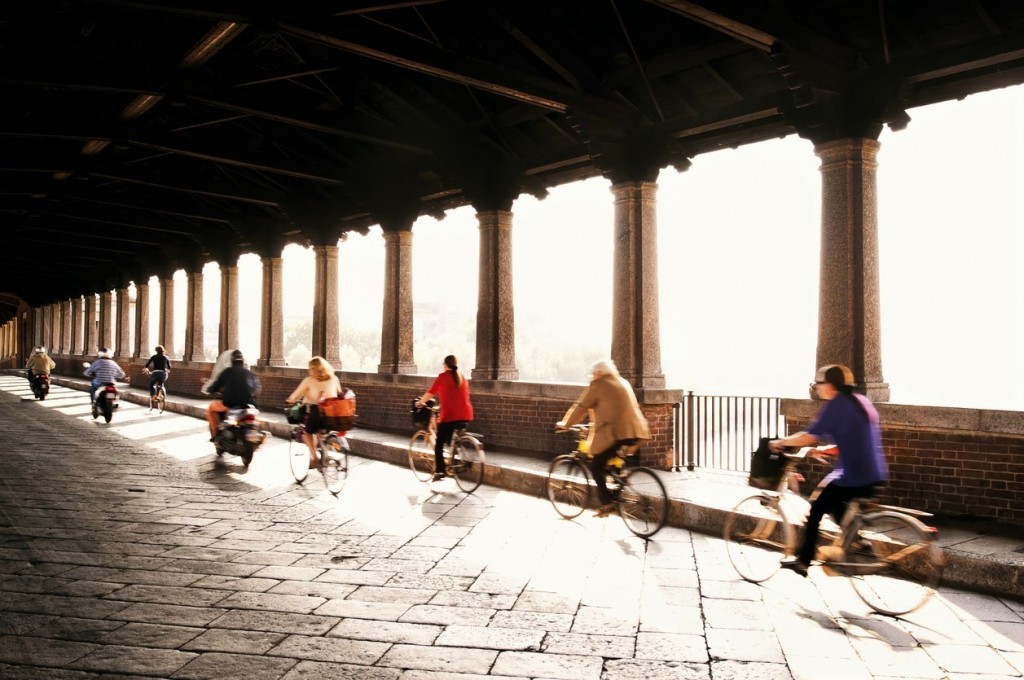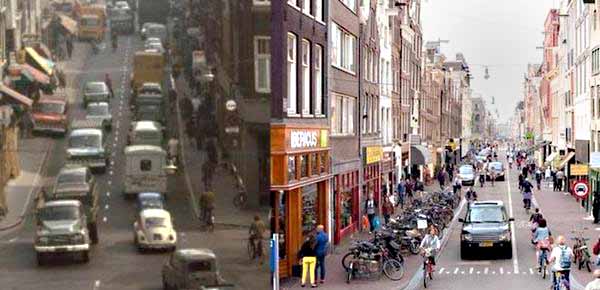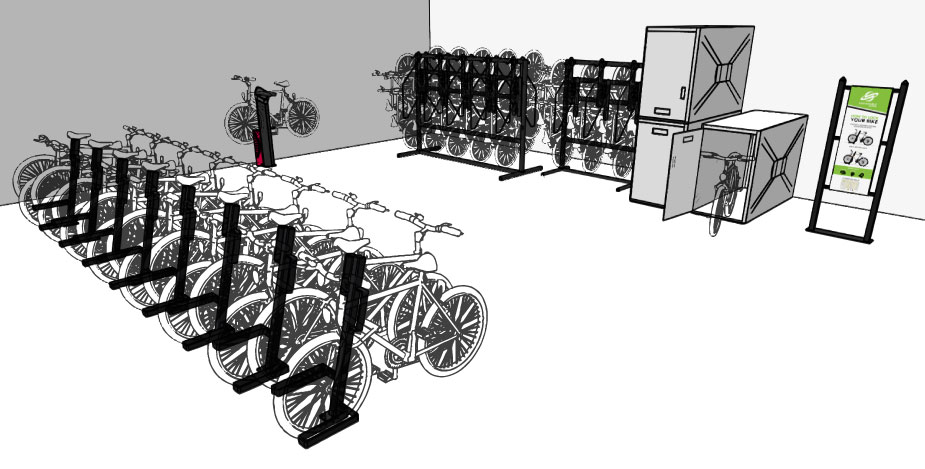 As more city residents commute by bicycle, more cities now require bike rooms in buildings to encourage them
As more city residents commute by bicycle, more cities now require bike rooms in buildings to encourage them
Bike rooms, a covered, designated area for secure bicycle parking, used to be a luxury. Now, they are becoming mandatory in many urban environments.
As people trend towards cycling for both transportation and recreation, the demand for bicycle parking is on the rise. Many cyclists purchase high-end bikes worth thousands of dollars instead of buying a vehicle. Wanting to protect their investment from the weathering, theft, and damage that can happen in any city, cyclists now specifically search for condos and employers who offer bike rooms.
In an effort to be bike-friendly and encourage bike commuting, some urban communities are rewriting city codes and laws, requiring bike room accessibility from businesses and property owners.
The New York City Bikes in Buildings program is an example of this. It requires businesses with elevators to allow bicycles indoors. Tenants who want an accessible bike room need to fill out a specific request form. Businesses and properties must comply or file an exemption request. Exempt situations include buildings with an unusable freight elevator (or none at all), along with businesses that have covered, no-cost bicycle parking within 750 feet of the building.
Some cities do not specify bike rooms, but still require long-term bike parking racks. For example, the county of Los Angeles specifies its requirements for both short-term and long-term parkingâ€â€Âone long-term bicycle parking space is required per two dwelling units in apartments or condos. Retail locations must have one long-term bicycle parking space per 12,000 square feet of gross floor area. The long-term bike parking racks need to be accessible on the ground level and well-lit, with signage to guide new guests towards it.
Los Angeles county additionally requires showers and changing facilities in all new industrial and commercial buildings larger than 75,000 square feet, accessible at least to employees.
If you are unsure of your local requirements, a great resource is municode.com. This website offers complete municipal codes from across the country in an easy-to-navigate format. Best of all, it's free. Municode doesn't have details on every city, so you may need to do a Google search of your specific city with the phrase "municipal code" instead. You can also contact your local City Planning department for specific details.
As you can imagine, these bicycle laws have a big impact on businesses, both new and existing. However, older buildings have different challenges when complying with bike room laws. Let's discuss the different bike room laws for both new and existing buildings.
Bike room laws and new construction
Cities are usually stricter on bike storage requirements for new buildings. New businesses still have the capacity to plan ahead for indoor bike, instead of scrambling to make a space with their existing property. The Bicycle Parking Text Amendment was adopted in April of 2009 as an amendment to New York City's zoning resolutions.
"Bicycle spaces may be located in a room secured by a lock or similar means, provided that access is through a commonly accessible area and access is made available to eligible users on an equal basis."
 Bikes versus cars - change in Amsterdam street shows how effective it is to add more bike racks and bike lanes to accommodate more commuters and create less traffic
Bikes versus cars - change in Amsterdam street shows how effective it is to add more bike racks and bike lanes to accommodate more commuters and create less traffic
The amendment requires a specific number of bike parking spaces: for example, 1 space per 2 dwelling units in condos and apartments. These requirements only apply to new buildings, ones that are expanding by 50% or more, and those that are converted to residential.
It's wise for new construction to consider bike storage
rooms regardless of city code requirements. Bicycle usage is continually rising, and adding or converting an area into a bike room in a few years when your city may require it is a costly and difficult endeavor. Build a bicycle room into your plans from the beginning to make your customers happy and stay ahead of the trends.
Bike room laws and existing buildings
Adding bike rooms to existing buildings may mean getting creative. Ground-level access is always ideal, as it keeps the inside of your building nice and is easier for guests. Businesses in New York City and other locations are beginning to transform ground-level construction, such as retail space that's older and more difficult for customers to access, into bike rooms. A space which might be too out of the way for shoppers still works nicely for cyclists.
However, this transformation is not an option for many older buildings. If the bike room must be located in a basement or upper level, many cities require elevator access, because no one wants to struggle up the stairs with a bicycle. Make sure the elevator has 24/7 access; it may need to be larger and separate from your main customer elevator, or function as a freight elevator.
When retrofitting your existing building for bicycle parking, make sure clear signage helps guests know how to get to your bike room. You will also need to secure your bike room with lighting and security cameras to protect the bicycles stored there.
While the penalties vary from city to city, penalties are in place for those who do not comply. Most cities will fine non-compliant businesses or force them to comply with zoning regulations, which can be costly and inconvenient as it requires owners to tear down and construct new facilities that follow the laws.
 Bike room with high density bike parking racks to handle a large number of bicycles in a small space
Bike room with high density bike parking racks to handle a large number of bicycles in a small space
Even if your city doesn't enforce their zoning requirements, when it comes time to sell the building, it will have a difficult time passing inspection. Most buyers will require upgrades to bring the property up to code compliance.
Many business and property owners are upgrading their properties regardless of what the law says. They see the value in adding a bike room with a space-saving vertical bike rack and using it as a selling feature to fill up their property. Millennials in particular, love to bike. Some owners charge guests a monthly fee for bike room access, which can help the facility pay for itself and eventually generate revenue.
Note: For more details about setting up a bike room for your facility, read The Park Catalog's Guide to Bike Rooms for everything you need to know about getting started. The Park Catalog offers a variety of vertical bike racks, wall mounted bike racks and other bicycle storage solutions for your facility. In addition, they will provide free layouts, CAD and Sketchup files or other assistance.


